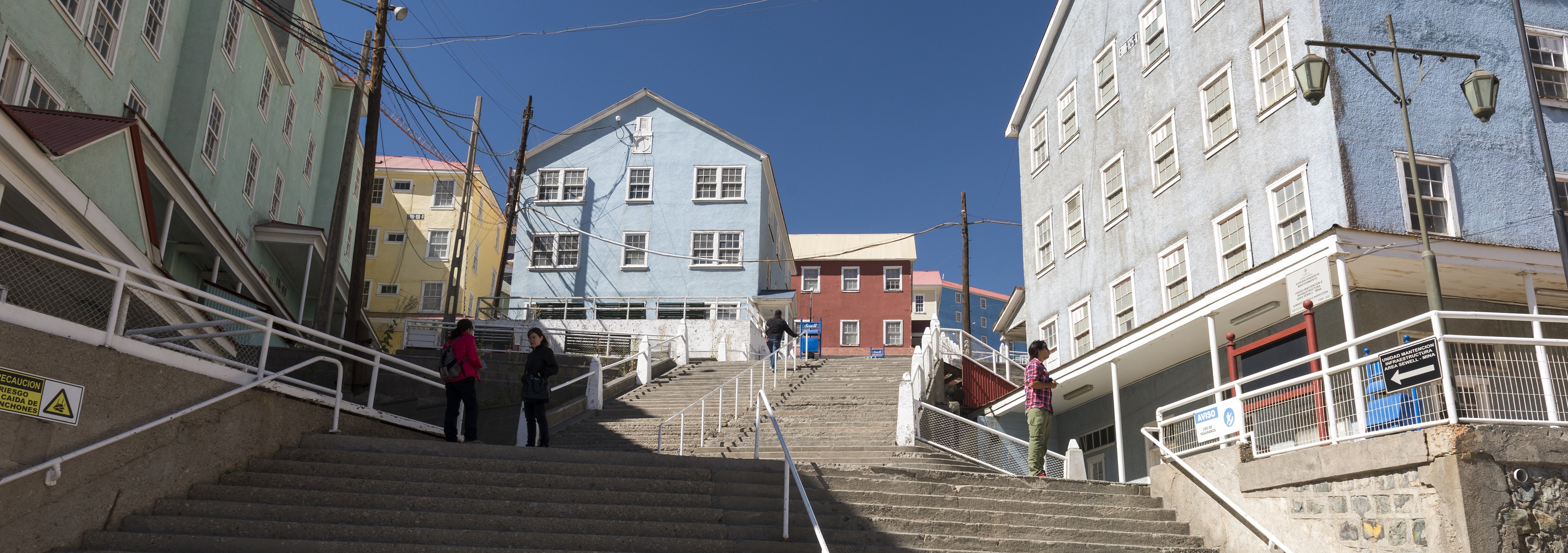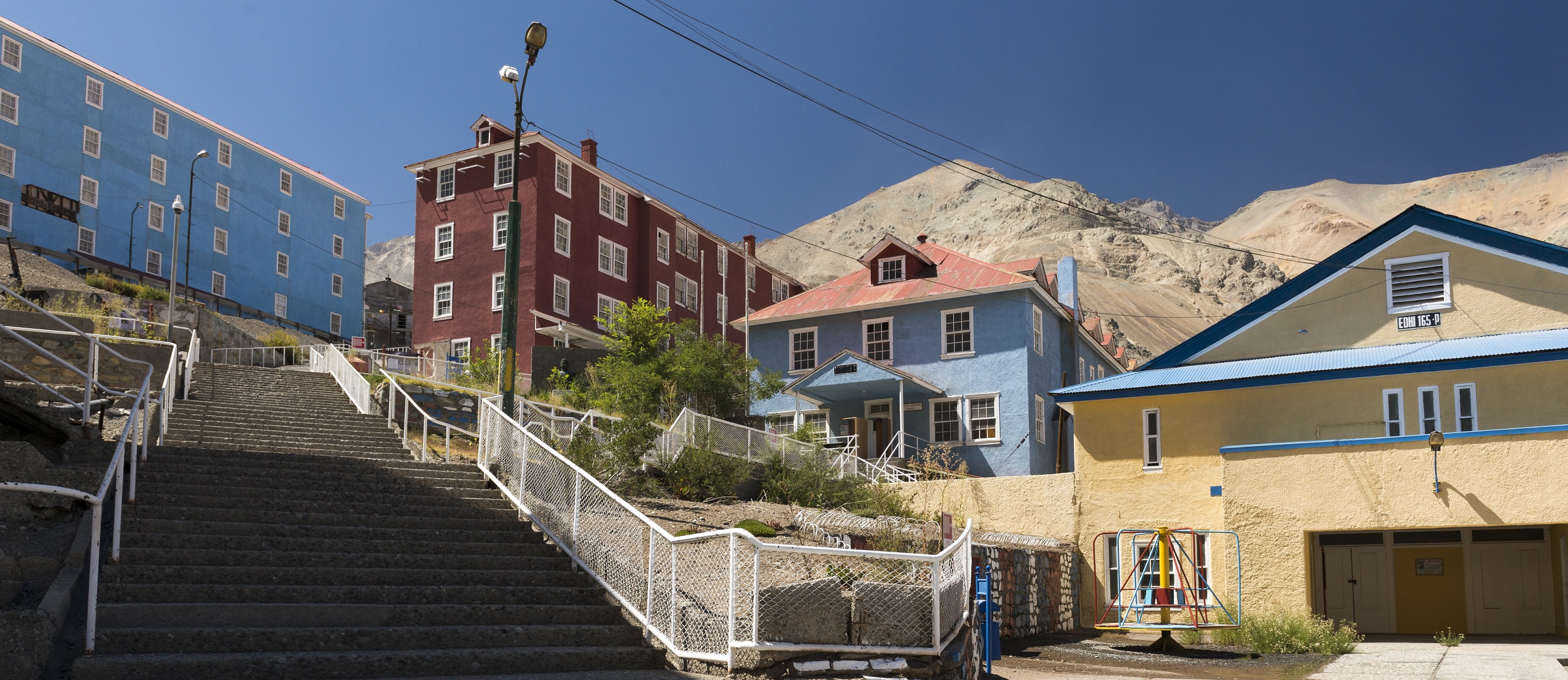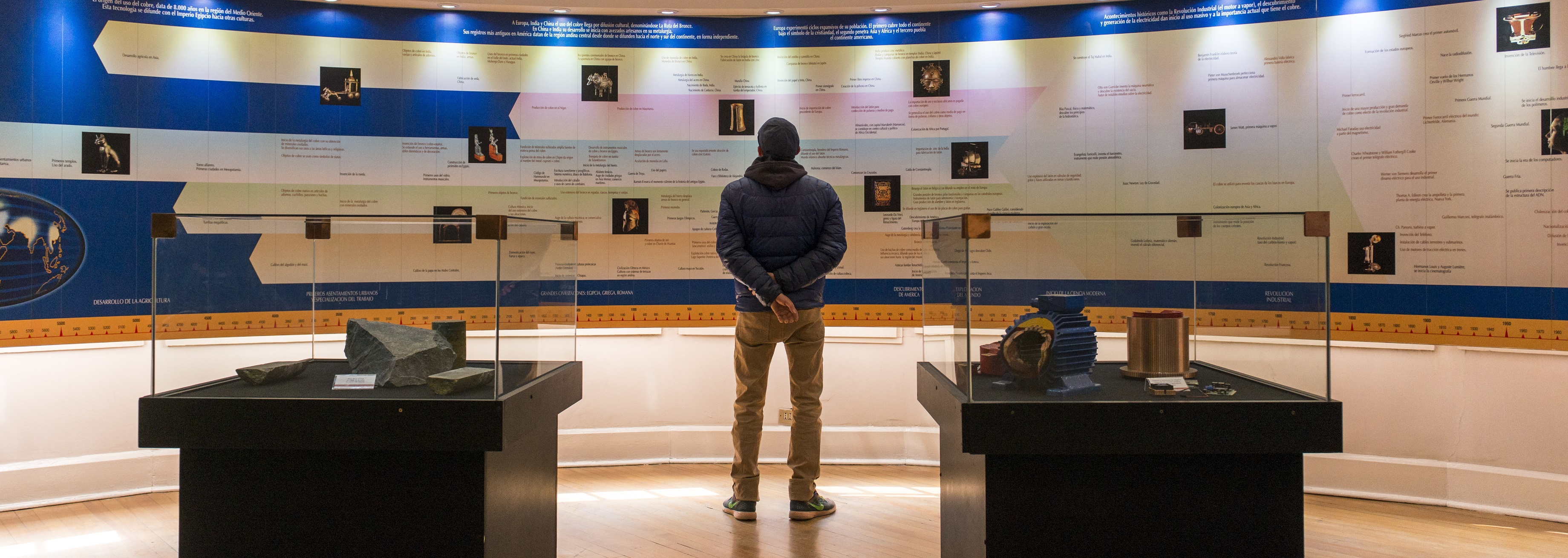Fun Facts of the Legendary city of Sewell
By: Chile Travel - 28 August, 2021

At the foot of “Cerro Negro”, in the Andes mountain range, 60 kilometers from the city of Rancagua and with more than 2,100 meters high, you can find the legendary mining city, Sewell. Built in 1905 by the American company Braden Copper, it was the home of the “El Teniente” copper mine workers.
The amazing mining camp with more than 100 years of history is only 150 kilometers from Santiago. The copper tradition is a story of enormous interest and, in a city like Sewell, the fun facts are countless.
The traces left by the miners and the buildings of that city are such a valuable attraction that in 1998 it was declared a National Monument and in 2006 it was chosen World Heritage Site for its outstanding model of an industrial city of the 20th century.

One of the characteristics of Sewell is that it´s not possible to travel by car throughout the city, since its construction is based only on stairs. During the early days the houses and offices grew disorderly, then a New York designed urban planning was implemented. The focus was that the engineers arranged the buildings around a main axis: The Central Staircase, from which a series of secondary stairways came. For this reason, the city is known as the “City of Stairs”.
Another great fun fact of Sewell is that this mining city became, in the 20th century, the largest copper deposit of the world, with more than 6,000 km of underground tunnels. Currently, the “El Teniente” mine is still in operation and is state-owned by Codelco. It has more than 3,000 km of underground galleries, which makes it still the world´s largest mining company.

Our third Sewell curiosity was how the leisure time was handled. The miners living in this city used their spare time to be with their families, they participated in the first Boy Scout brigade of the country, founded in 1915, and hold stick competitions on the first Chilean courtside, where the first National Championship in 1963 was held. The American population also used to attend the exclusive “El Teniente” club to play billiards or they used to go to the city theater.
Nevertheless, everything was controlled by the “Moral Police”, another fun fact of the city of Sewell, because in the camp there were police officers in charge of safeguarding the morale of the workers. They were located where clandestine parties were held, waiting in hiding for couples that came out to have fun. The police officers detained them asking if they intended to marry. If they said no, the man could lose his job at the mine, so most of the people said yes, and the police gave them a day and time for their wedding in the camp church.

Due to its location on the slopes of the Andes, the miners and family members had to deal with a difficult topography and climate, particularly in winter as it was covered in snow. Tragedies such as the great avalanche in 1944 where 125 people died, and the derailment of trains, were part of this town history.
Another great tragedy, considered the largest accident of the mining industry worldwide, was “El Humo”. The incident occurred on June 19, 1945 and more than 355 workers died, due to carbon monoxide fumes that caused the suffocation of the miners. This accident marked a milestone within Chilean labor bills. Since then, the modern legislation regarding industrial hygiene and risk prevention began to be developed.
And, if you couldn’t travel by car in this “City of Stairs”, how did the workers get to Sewell from the mine? Well, another fun fact is that in 1911 a motorway was inaugurated to link the city of Rancagua to Sewell. Its objective was the transportation of minerals and supplies, but also was used by the employees, making it easier to get to the mine. In 1978 this means of transportation was discontinued.

At Sewell, education, health, and housing were free, and the population was strongly segregated between North Americans and Chileans, married and single. This division, however, did not cloud relations in the town, and society developed without incidents.
Another fun fact was that, in Sewell, there was a “Guachuchero”, a folkloric-type character from the city that sold clandestine alcohol. At the time alcohol consumption was banned in the mine, under the influence of US dry law.
Over the years, Sewell grew so much, that the city had its own hospital – the most modern in South America at the time – Fire Department, sports equipment, social clubs, a cinema, three industrial schools, a Church, a bowling alley and a heated swimming pool. Its population reached over 15,000 inhabitants in the 60s.

The City of the Stairs on Current Days
After the golden days of the city of Sewell, in 1967 it had to be evacuated due to the contamination of toxic substances that the processing of copper caused. Also, the “Nationalization” process of the copper began in the country, so a large part of the company was purchased by the State and the “Operation Valley” began, which moved Sewell´s population to Rancagua, leaving the city abandoned.
Today, only the downtown of the city remains, as it was largely dismantled and demolished in the early 1980s. However, some 50 original buildings still stand and are being restored, and also there is the Museum of the Great Copper Mining, which presents a journey through the historical, social, and economic importance of the copper industry between the 1930s and 1960s. It includes an exhibition of photographs, documents, maps, geological materials, and instruments.
If you want to get to know more about the largest mining camp that ever existed in Chile, it´s possible to visit Sewell with specialized tours an learn a lot more about it.



















